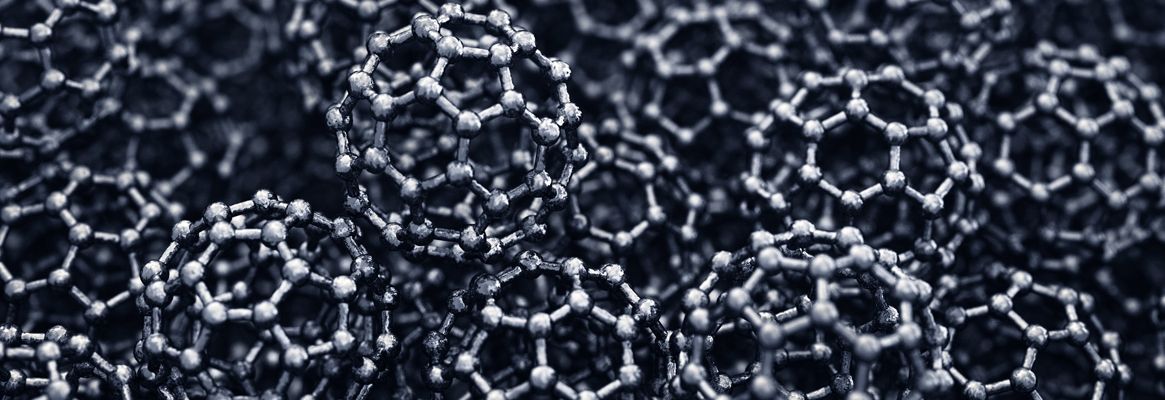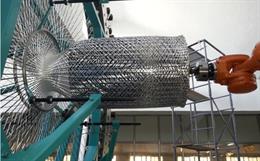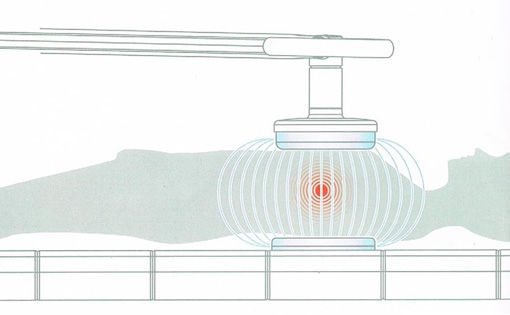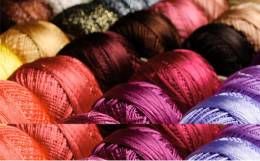By: Henne van Heeren
Perhaps surprisingly the earliest commercializedapplications of nanotechnology are seen in lifestyle applications. Textile andcosmetics are among the first products to use nanomaterials. This overview discussesthese and other examples of nanotechnology materials and technologies inlifestyle applications.
Textile
Treating textiles with nanotechnology materialsis a method to improve the properties of the textile, making it longer durable,have nicer colours etc. Nanotechnology can also be used to add new functionalitieslike energy storage and communications. The next figures show some of theopportunities offered by nanotechnology to improve the functionality oftextiles.
Some interesting examples of nano improvedtextiles currently on the market are:
- Stain repellent and wrinkle-resistant threads woven in textiles.
- Bodywarmers use Phase Change Materials (PCMs) responding to changing body temperatures.
- Nanosocks treated with silver nanoparticles. The silver acts against infection and odour.
Bulletproof vests are another item profitingfrom nanotechnology. Nanotube fibers are used to make a material seventeentimes tougher than the Kevlar. Future developments are to use nanotechnology tocreate Smart and Interactive Textiles (SMIT) that can sense electrical,thermal, chemical, magnetic, or other stimuli. Currently however, the majorpart of advanced textiles are relative low tech products like photochromic t-shirts.
Cosmetics
At the forefront of nanotechnology in cosmetics we see companies like lOreal, producing anti-wrinkle cream containing nanocapsules, which help active ingredients get to the skins deeper layers. By reducing the active ingredients to a very small size and coating them with a biodegradable polymer, the company found the nanocapsules were small enough to pierce through the first layers of the skin and release the active ingredients below, in the lower layers of the skin.
Anti dry skin crmes use oxide powder with nanosized silica powder. Zinc oxide nanoparticles scatter the light, thereby protecting the skin. Besides that, ultra-fine titanium dioxide with the inclusion of a small amount (<1%) of manganese can catalyse free radicals that have been generated by other sunscreen components into harmless chemical species.
Sports
Even small improvements in material properties can be crucial in sports. Not surprisingly sport aricles are a popular testing bed for nanotechnology. Some examples:
- A hockey stick based using carbon nano tubes to combine carbon fiber and epoxy on the molecular level in a new way and realizing
- Tennis balls containing hundreds of nanodispersed platelets per micron of coating thickness forming a tortuous path for gas molecules thereby increasing the barrier properties.
- A ski wax containing nanoparticles organizing themselves on the surface automatically.
Therefore they have a high amount of fluorine at the surface and uniform distribution.
Self Cleaning and User Adaptable Surfaces
The leaves of certain plants and the wings of insects always stay clean because dirt and water cannot adhere to their structured surface. The lightest rainfall can therefore clean the surface. Learning from that observation. several nanostructured top layers have been proposed and are applied to create self cleaning surfaces.
Electro-chromic materials, another example, are able to change between a transparent and an absorbing state through the application of a low voltage (only a few volts). A foil consisting of thin oxide layers is laminated between two flexible polymer sheets. The foils are first coated with a transparent electrically conducting layer and then by active electro-chromic layers. The user can easily control the transparency using an electronic control unit. The visor changes between dark and light conditions in a few seconds.
Nanocoatings can even be used as ski-wax. The ultra thin coating changes according to the temperature and adapts to the surface and snow-crystals. The surface structure remains completely free of wax enabling optimum gliding.
Other examples of nano surface coatings are:
- Titanium dioxide (TiO2) crystals, only 40 nanometers in size, formed to a layer and acting as a powerful oxidizing agent, destroying airborne germs and pollutants.
- An aqueous suspension, applied via roll (or dip, or spray) coating process onto a substrate forms a tortuous path for molecules such as oxygen and aromatics. This increases the barrier properties of the substrate and makes the materials more air thigh. Is being now introduced in tennisballs.








